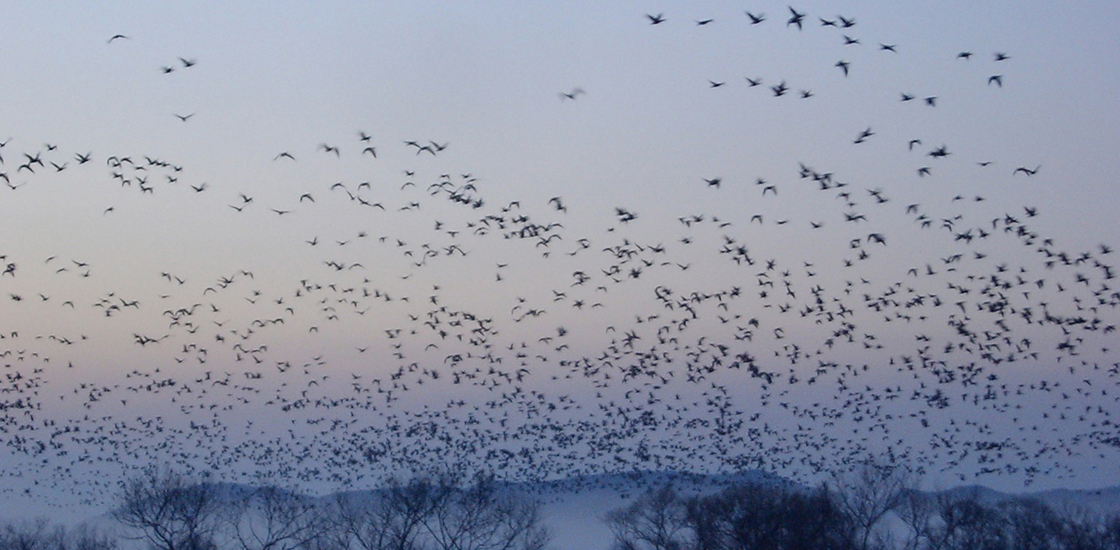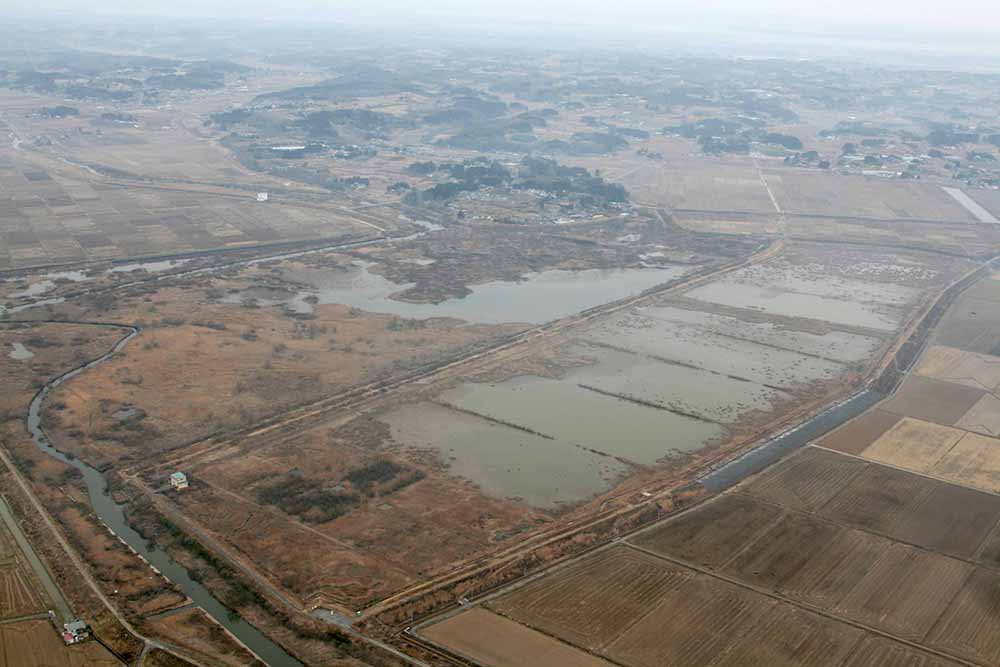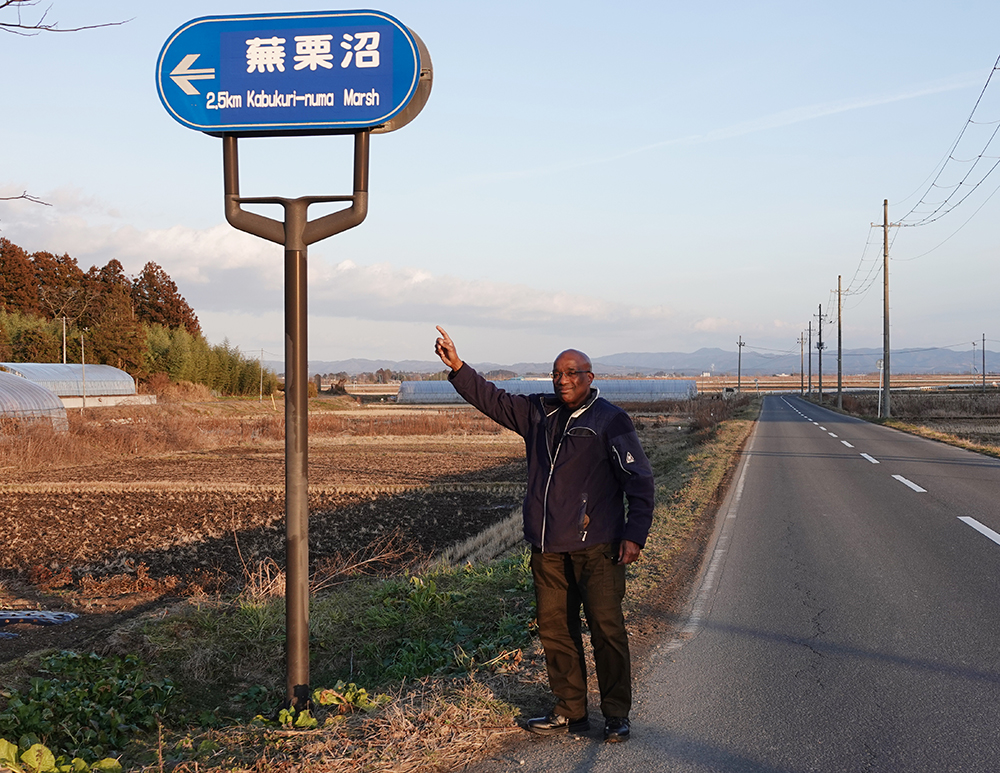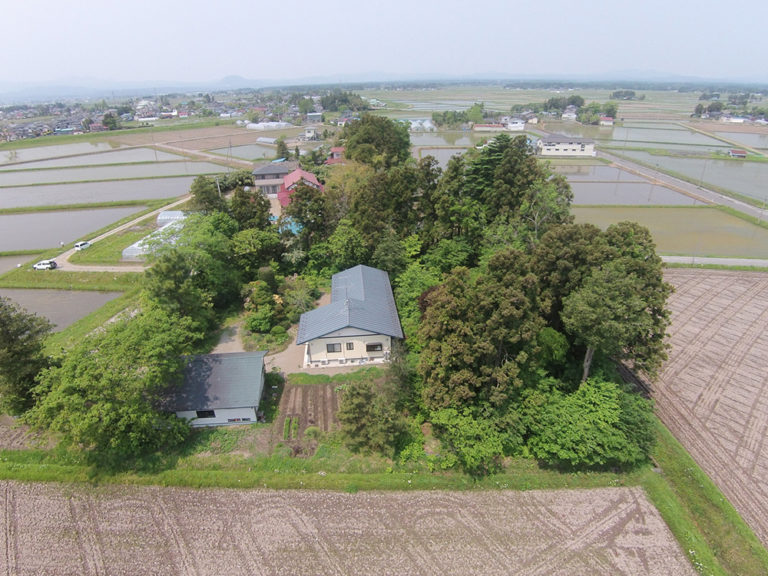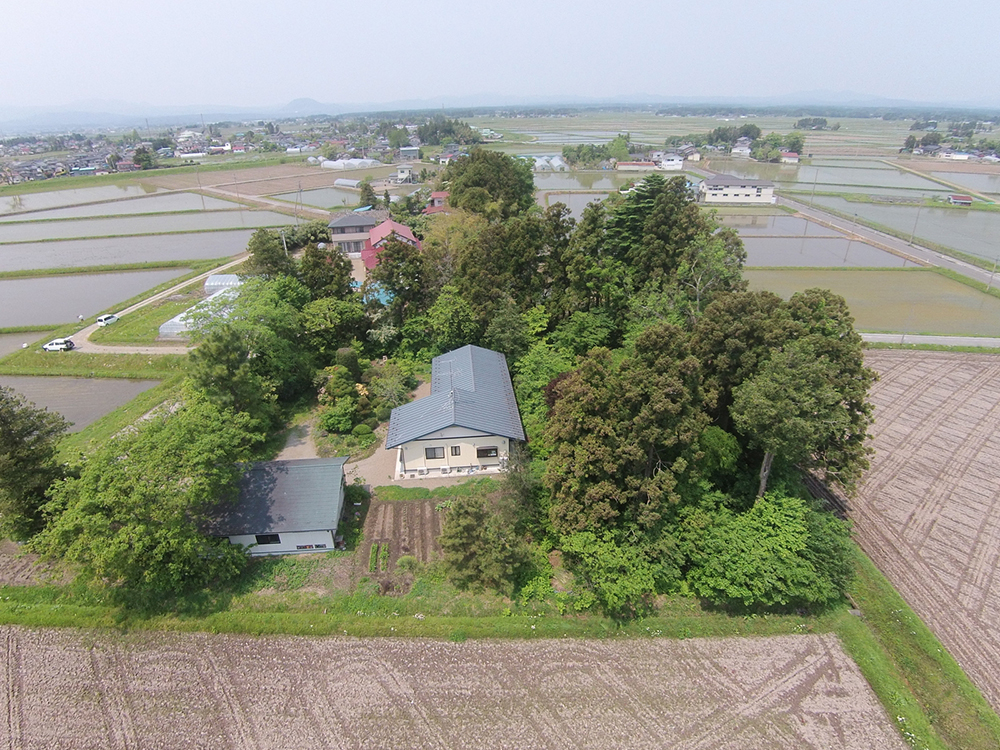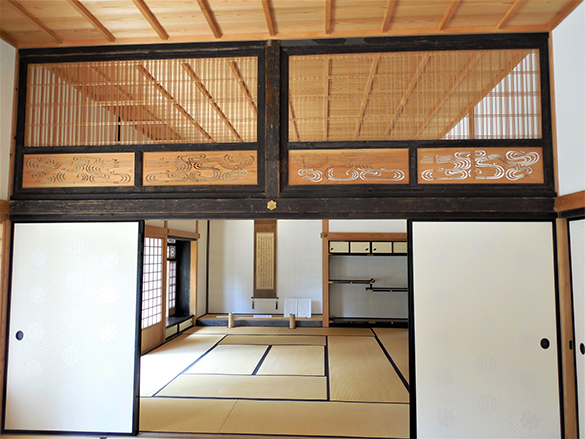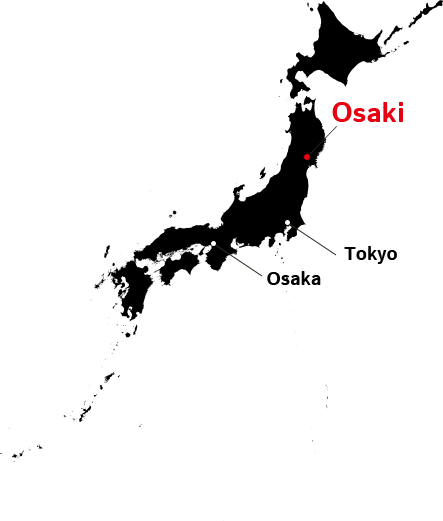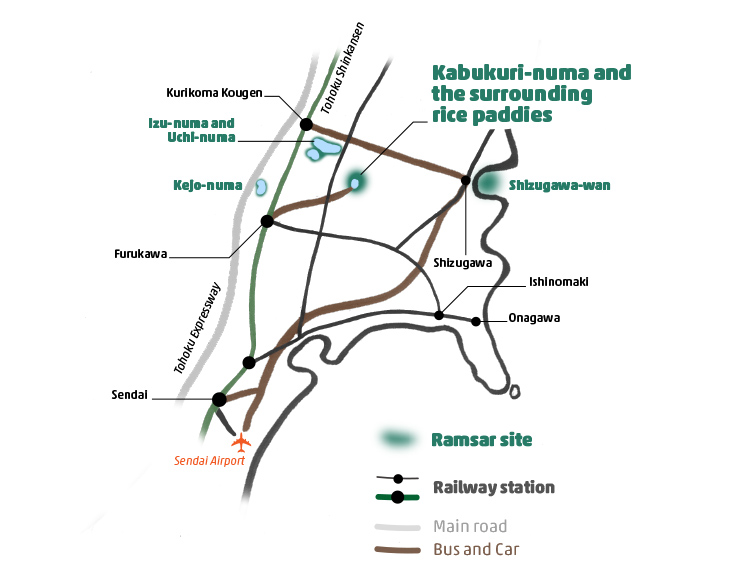The Last Marsh: Kabukuri-numa
Kabukuri-numa is a unique experience. However, if you are planning a visit it is best to remember the Boy Scout’s motto: Be Prepared! Your initial destination will probably be Furukawa Station, which is located in Osaki City, Miyagi Prefecture, in northeastern Japan. If you were hoping to encounter lots of charmingly quirky English signs you will be disappointed. You will see very little English in the midsize station and its environs.
If you arrive without having already made preparations to go to Kabukuri-numa you will need to visit the small information center. Unfortunately, there are no fluent English speakers on duty, but the center uses a cloud-based interpretation app. Thus, with some patience you should be able to make yourself understood. An introductory English pamphlet is also available.
There is no available public transportation! Your only options are to rent a car (Which is probably not advisable, especially in winter when you might have to drive over narrow, snow covered roads) call a taxi or hire a van or minibus transport service. Kabukuri-numa is approximately 19 kilometers from Furukawa Station and takes about 30 minutes. On the way you will pass many fields and picturesque Igune, the traditional farmhouses of the area.
To view the migrating White-fronted geese, it is recommended that you visit Kabukuri-numa in the winter. Thus, you will need to dress warmly. Kabukuri-numa is cold! There is nothing to block the frosty winds that sweep the marsh, and you may need to stand in one spot for nearly an hour. The cold is the type the Japanese call sokobie, a chill that gradually rises up from the ground. Winter boots and wool socks are recommended. A visit to the restroom before your visit is also a good idea as there are only 2 portable toilets on site.
It is also strongly advised that you hire a local guide. Kabukuri-numa is somewhat remote, the access paths are limited in number and the ecosystem of the area is delicate. Kabukuri-numa is not an area that lends itself to large tour groups.
If you want to see the birds: principally White-fronted Geese, return to roost, you will need to walk nearly a kilometer along a narrow, tree-lined, tunnel-like path. At first you will seem to be on a ‘path to nowhere’. However, if you persevere you will be rewarded by the sound of bird calls, which start as a murmur and then rise to the level of a boisterous chorus.
Kabukuri-numa has an area of approximately 150ha, and, in addition to being a major roosting area for migratory birds, serves a critical function as a flood control reservoir. Kabukuri-numa is one of the last remaining marshes in what was once an extensive network. The network of earthen dams in the Kabukuri-numa area was initially constructed by feudal lord Date Masamune, famous for his eye patch and aggressive and unpredictable fighting tactics. Protecting their realms from flood damage was a constant challenge for the Daimyos (feudal lords) of the Warring States period.
The area of the marshes in the Kabukuri-numa area steadily decreased in the late Meiji period due to the development of farmland. Along with the reduction in the marsh area, the number of migratory birds also decreased. Around 40 years ago, the number of migratory birds visiting Kabukuri-numa had fallen to around 6000. White-fronted Geese became a protected species in 1971, and the number of migrating birds visiting Kabukuri-numa increased to 20,000 around 20 years ago.
In 2005, Kabukuri-numa and the surrounding rice paddies were designated as a Ramsar site. It was the first time that manmade wetlands such as rice paddies were designated as a Ramsar site. In order to provide a good habitat for the ducks and White-fronted Geese, after the autumn harvest, selected farmers in the vicinity of the lake agree to keep their rice paddies flooded throughout the winter. This is called Fuyumizu-tambo. Now, over 100,000 migrating birds visit Kabukuri-numa annually, the majority of which are White-fronted Geese.
According to Mr. Jun Tojima, a local nature guide and expert on Kabukuri-numa, the best time to watch the return of the birds to their roosting spots is around 30 minutes before sunset, and the optimal time to see the birds taking off in the morning is around 30 minutes before sunrise. The scenes of the White-fronted Geese returning to their roosting area at dusk and taking off at dawn have scale and power that is unmatched.
During the winter Kabukuri-numa is difficult to access, cold, requires a guide and involves a long walk over snow covered paths. However, if you finally make it to Kabukuri-numa, you will find it to be well worth the trip!
James McGill
